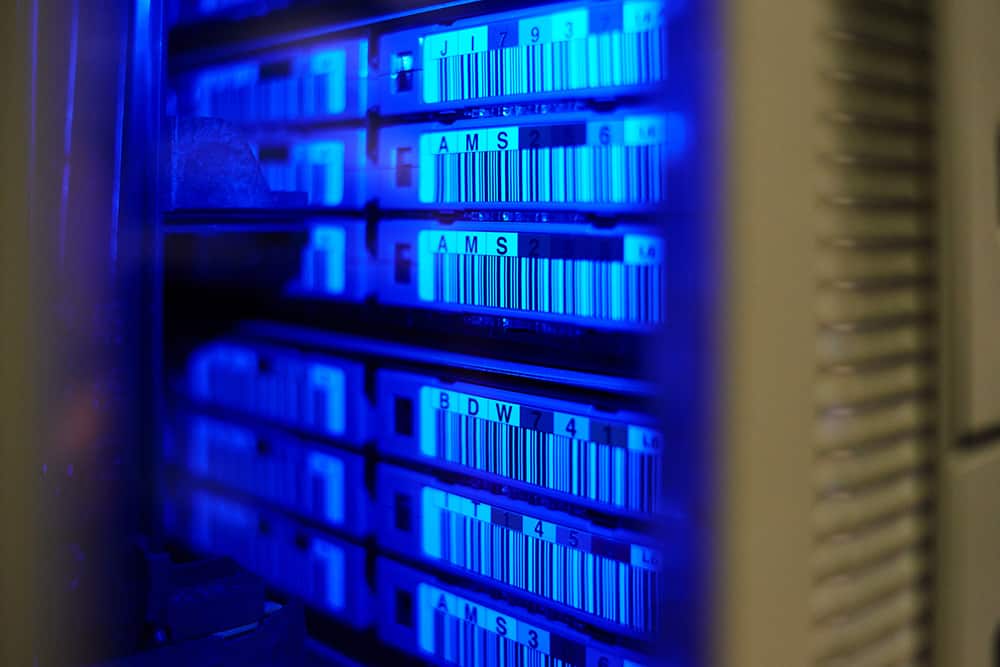From the Trenches: Real-World Lessons in Digital Forensics

Based on a Webinar hosted by eDiscovery Today featuring S2|DATA experts Karuna Naik, Greg Freemyer, and Michael Crawford
In an age when nearly every moment leaves a digital footprint, from text messages and GPS data to smartwatch health logs, digital forensics has become a cornerstone of modern investigations. In S2|DATA’s recent webinar, “Fireside Chat: Forensic Tales from the Trenches,” panelists shared real-world stories where digital evidence shaped legal outcomes and uncovered the truth.
The Power of Everyday Digital Evidence
The session opened with a simple but revealing story: a minor parking lot collision caught not by a witness, but by technology. When a “collision detected” alert appeared on his Mercedes dashboard, host Doug Austin discovered the evidence trail didn’t stop there, an iPhone photo from a good Samaritan captured the moment of impact, complete with metadata that matched the exact timestamp of the alert.
As panelist Greg Freemyer pointed out, this is the new normal:
“Fifteen years ago, getting a photograph like that would’ve been impossible. Now, it’s routine. The quality of digital evidence we carry in our pockets is incredible.” From smartphones to smart cars, nearly everything today records something, and forensic professionals must be ready to collect, authenticate, and interpret that data correctly.
Standardizing Evidence Collection with S2|DATA’s Questionnaire
When asked how her team ensures digital evidence is preserved properly, Karuna Naik, S2|DATA’s Director of Forensics and Disputes, highlighted the importance of identifying all potential data sources from the very start.
“The first thing really is to identify the correct data sources. We use a document that lists categories, cloud data, cell phones, laptops, storage devices. The custodian and client go through it together so we know exactly where data might reside.”
That document, the S2|DATA Data Source Questionnaire, provides a systematic way to document every possible data source, from desktops and mobile devices to social media, email, and cloud storage. By combining this form with strict chain-of-custody and logging procedures, S2|DATA ensures every piece of evidence is traceable and defensible in court.
Tales from the Trenches: When Data Makes or Breaks a Case Deleted Messages and iCloud Rescues
Greg recounted a case involving engineers who deleted thousands of text messages the night before a deposition, an act of spoliation that could have destroyed their credibility.
Fortunately, his team acted quickly, recovering nearly all of the deleted data from Apple’s Messages in iCloud before synchronization occurred.
“Because we were fast, and because we knew about this additional repository, we saved our client. We recovered about 95% of the messages.”
The Dangers of Water and Data Loss
Karuna shared her own “fishing trip gone wrong,” where her daughter’s phone sank off a dock. Thanks to iCloud backups, every photo and message was restored, a lesson she applied professionally when helping a client recover critical WhatsApp and SMS data after a phone was lost at sea.
“Thankfully, the client had iCloud messages enabled, so we could restore a backup to a test device and recover everything needed for the case.”
Health Data That Exonerated a Driver
In another case, a truck driver accused of distracted driving was cleared using data from his iPhone’s Health app. The app automatically recorded walking movements immediately after the accident, proving he was not on his phone at the time.
“Health data isn’t just about fitness, it can prove or disprove what someone was doing in a critical moment,” Karuna explained.
Location Data That Cleared a Hotel
In a criminal case, S2|DATA used GPS coordinates embedded in thousands of text messages and photos to prove that a minor involved in a trafficking investigation had never been at the accused hotel.
By mapping the data points, the forensic team conclusively showed that all activity occurred miles away, evidence that helped exonerate the hotel owners.
IP Theft and the USB Trail
Departing employees copying trade secrets is one of the most common scenarios S2|DATA encounters. Greg described how USB connection logs often tell the story:
“We can see when a USB device connects, which files were accessed, and even when the user verified the files were copied. It’s still the smoking gun 80% of the time.”
The 85-Camera Mall Incident
Michael closed with a remarkable case involving 85 security cameras in a shopping mall. His team analyzed 48 hours of footage to reconstruct a suspect’s movements minute-by-minute across dozens of camera angles, an exhausting but decisive effort.
“One image doesn’t tell the story, but when you align hundreds of them, the truth becomes clear.”
Lessons for Legal Teams and Investigators
Throughout the webinar, one message echoed: timing and thoroughness are everything.
Data sources disappear quickly, overwritten, synced, or deleted, so identifying them early using tools like the S2|DATA Data Source Questionnaire can mean the difference between success and failure.
Key takeaways:
- Act immediately, the longer you wait, the more evidence degrades.
- Document everything, chain of custody and collection details must be meticulous.
- Look everywhere, phones, watches, laptops, cloud drives, and even car systems hold clues.
- Use the right tools, forensic platforms like Cellebrite and Oxygen extend what simple backups can’t.
- Standardize your process, the S2|DATA Data Source Questionnaire ensures no data source is overlooked.
Closing Thoughts
Digital forensics is no longer a niche technical field, it’s a vital part of modern litigation, compliance, and investigations.
As Karuna put it best:
“We track everything, the tools, the versions, the drives, the timing. Integrity across the process is everything.”
From a scraped fender to a multimillion-dollar IP theft, the Fireside Chat reminded everyone that the truth lives in the data, if you know where to look.







